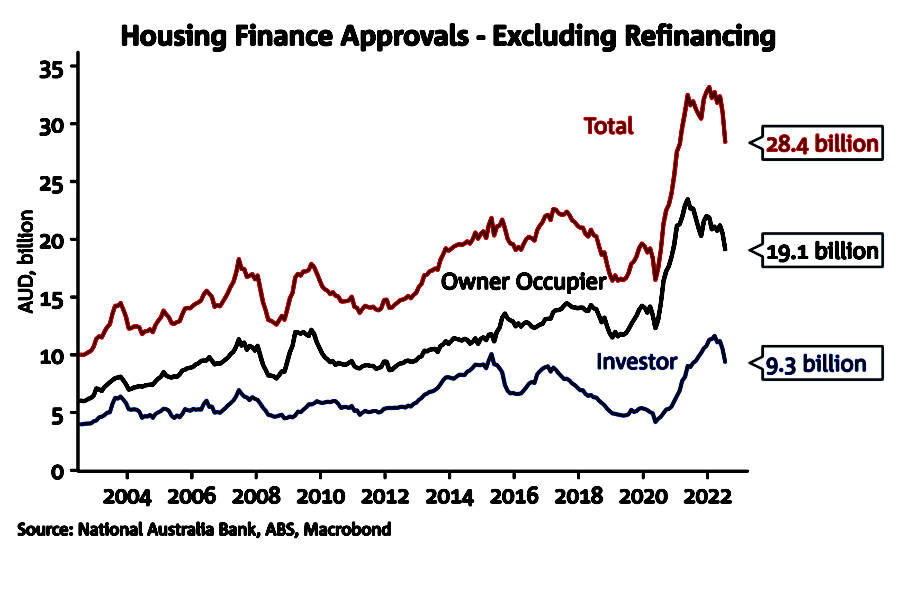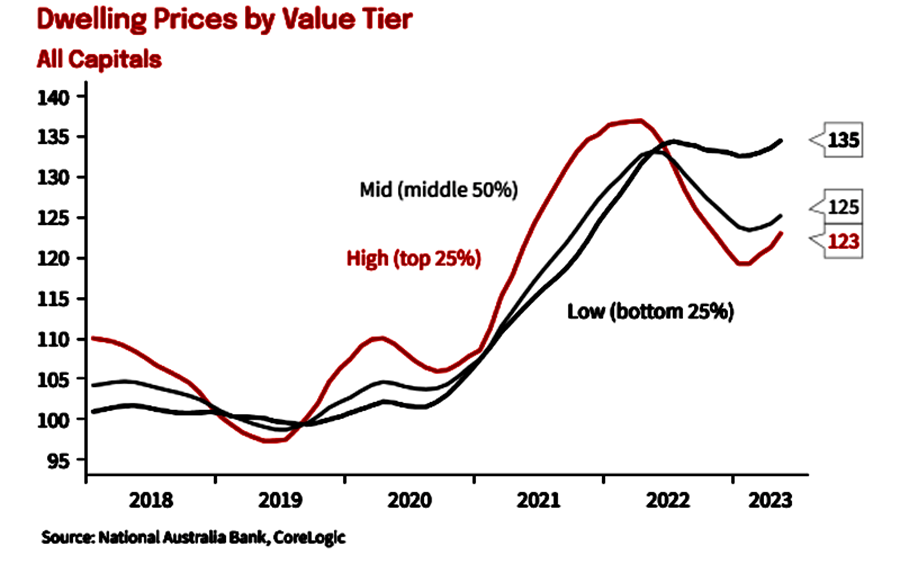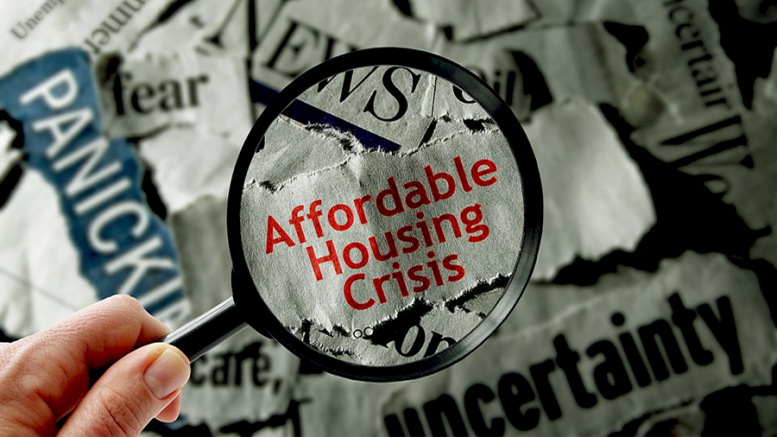The following was written by Joe Montero in his capacity as the Victorian President of Fair Go For Pensioners. and it puts a view on the action needed than that practiced by a succession of Australian governments and was repeated in the May federal budget. The resulting debate has unleashed a rise in the debate about what is needed, and this provides a good opportunity to raise alternatives to the obsession of reliance on the market.
Being able to afford a home to provide for housing needs is an important part of living a quality life. In fact, a decent home to live in should be treated as fundamental human right. If was to be treated this way in Australia, the government would act to ensure this right was met, and what it had to do to achieve this end would be a no brainer.
It would means investing enough to ensure affordable housing is in reach for everyone. This would be the only acceptable minimum.
But Australia has not yet reached this understanding. Governments, whether Coalition or Labor, remain wedded to the dogma that only the market can legitimately provide the answer. Neither believed this once. Now they both do. This is the hold that the ideology has on them. Government intervention must be kept to a minimum according to them, and what there is must only be contemplated if it takes the form of giving assistance to the major players in the industry.
Neither really regards adequate housing as a basic human right. Housing is seen as a commodity to be bought and sold by those who can afford to be players.
The high price of housing is the result of market failure and the associated raise of a housing speculation bubble, aided by government handouts to developers and big landlords. Behind the market failure is the high degree of monopoly that enables developers and corporate landlords to take advantage and profit in excess of what a properly functioning market would allow. The outrageous cost of housing is not a market price. The mechanism to achieve the high price has been the deliberate creation of excessive debt.
The graph below reveals the ongoing rise of finance approval, which means a continuing expansion of debt, which imposed a huge burden on mortgage owner occupier homes of $28.8 billion by mid 2022.

This brings us to the claim that the problem is a shortage in the supply of housing. Where it does exist is because it is more profitable for those who control the industry to keep it this way. It means lower costs and higher prices. To argue that throwing more money at them will fix the problem of housing unaffordability is foolish at best.
A series of governments have taken this position, and the offer in the May Budget by Labor continues to do the same. Saying this is not taking an anti-Labor position, as some would have it. This is too important an issue to be side-tracked by party politicking.
Briefly, the offer is 500 million a year or the next 5 years to build 30,000 doesn’t make sense. Look at the basic maths. Meeting the need requires a mix of mostly 2 and 3 bedroom homes. Assuming an average so-called market price of around $500,000, this means around 1,000 homes. Halve the average price and it still means merely around 2,000 homes.
It only makes sense if the money is in fact subsidisation of large sale investors, to encourage them to put their money into a new wave of building. The bulk of new builds will be directed to the private market, where the supply effect on price is quite limited. This approach has failed in the past and it will do so again.
The graph below reveals the extent of the ongoing rise in the price of dwellings. This was reduced for a while during the period of Covid lockdowns, and now it is rising once again, making the housing affordability even crisis worse.

Given this, the Greens make a valid point in suggesting that it would take at least $5 billion a year to make a dent in the housing crisis. Their subsequent compromise of $2.5 billion a year with a cap on rents is sensible and provides an opportunity to move on. This will not solve the problem on its own. There is still merit in it anyway. Along with the rider that turning away from the market as the answer, will at least help to legitimise public provision as an alternative. This can pave the way for a better response a little down the track.
The housing crisis must be faced square on, especially when real incomes continue to head south for the majority, and the cost of housing is the single biggest component of a declining standard of living.
A package that offers real solutions must include the following.
- Australia needs a campaign to ensure an adequate supply of affordable public and social housing, defined as not for profit community housing, as alternatives to the market price. This will pull down the cost of housing, counter the misallocation of resources and bring down prices overall.
- Imposing a maximum rent ceiling will put an end to those seeking to take unfair advantage of the absence of choice faced by renters.
- Negative gearing on owners of more than 2 properties must be phased out, to remove this incentive to keep properties empty and profit from the handover of taxpayer money.
Australia needs a public debate on alternatives to the failed policy direction of today.


Be the first to comment on "It is time to get serious about the housing affordability crisis"